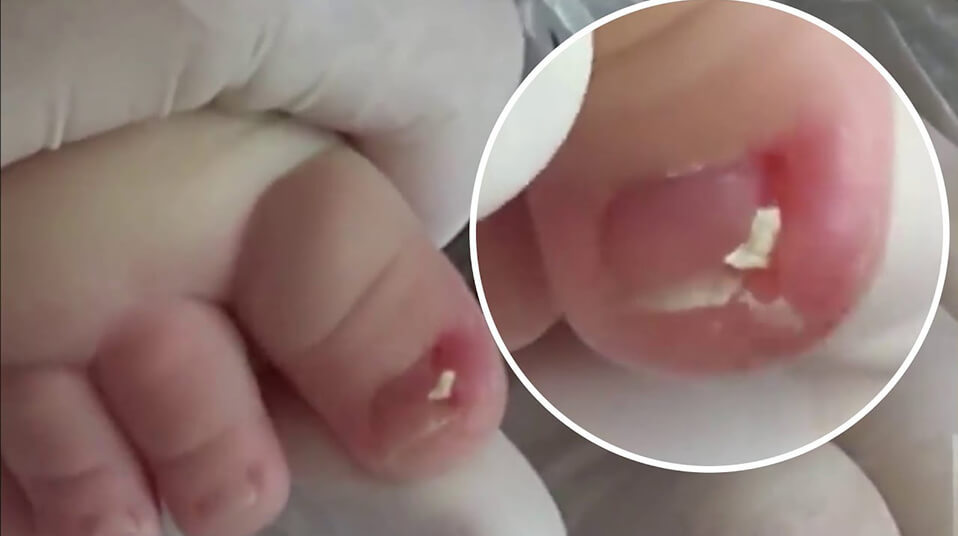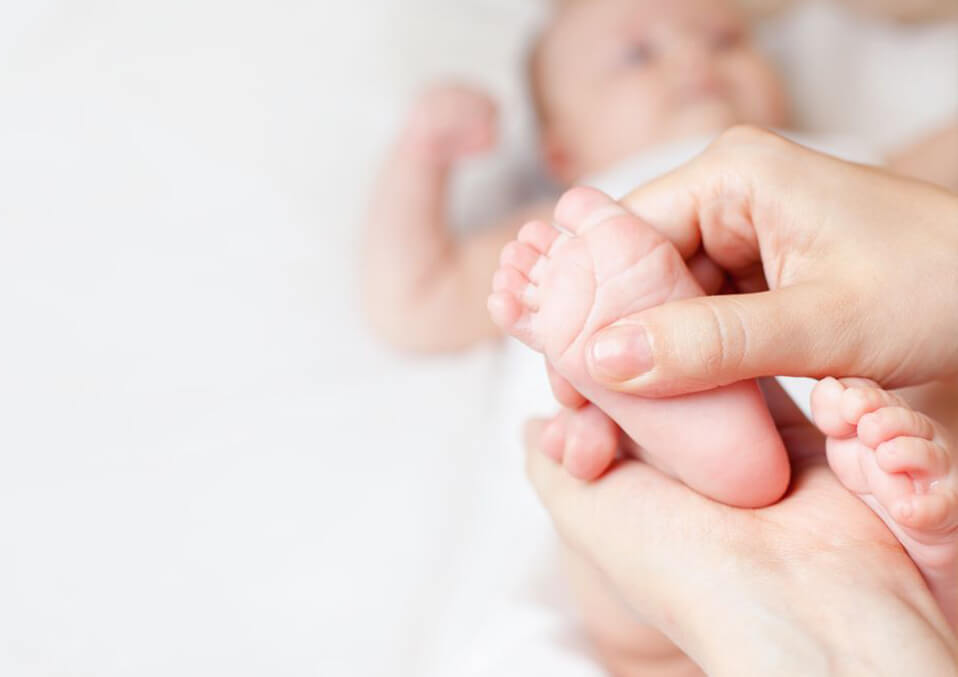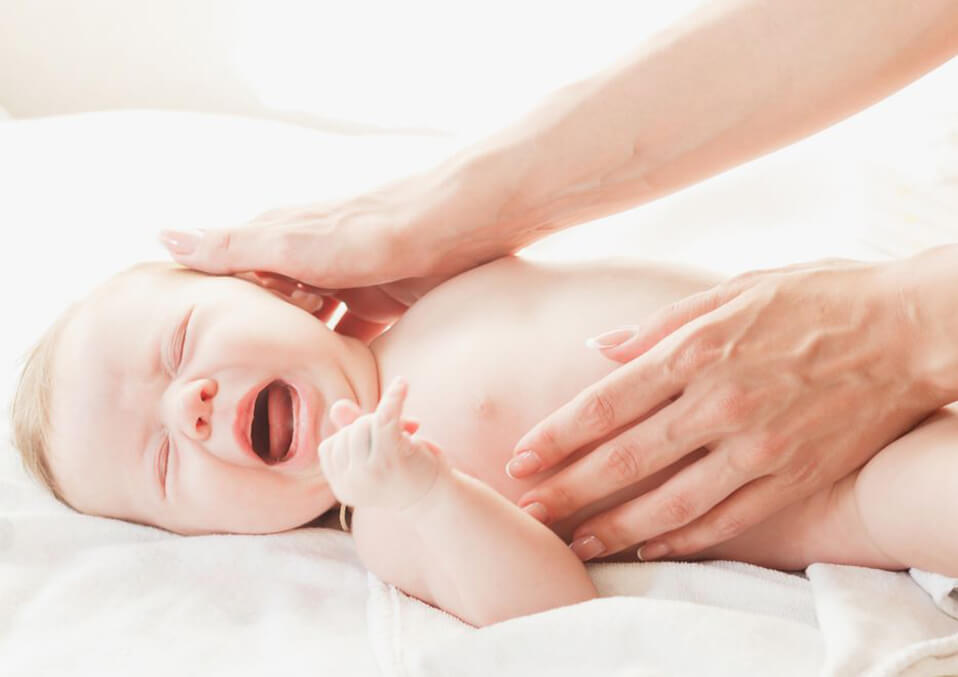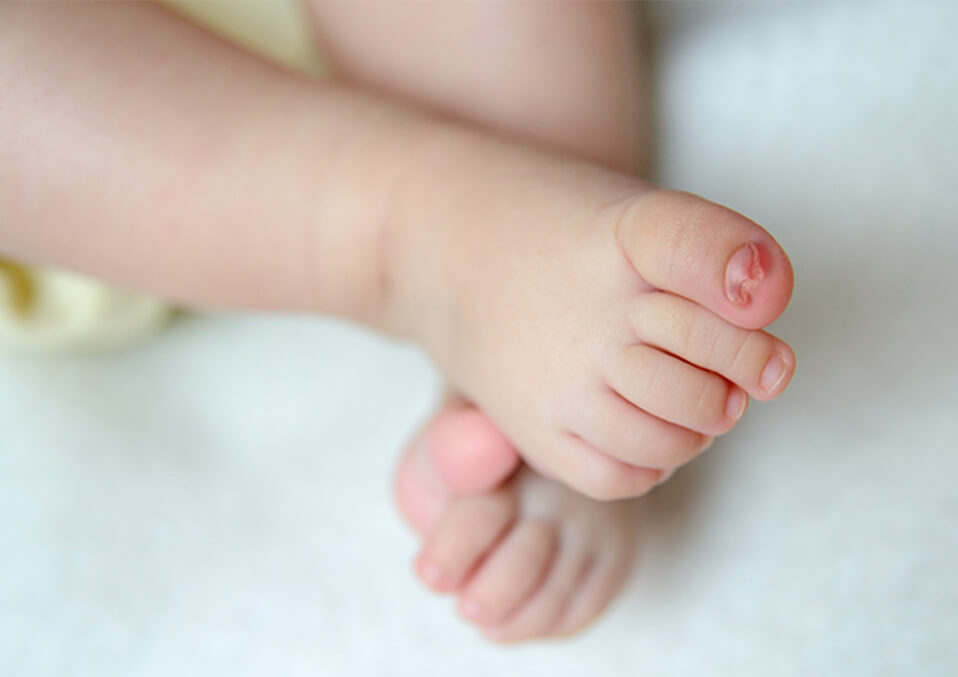
Do you know that ingrown toenails are commonly happening among babies? If you find out that it’s ingrown, do not panic or over-react because that can easily be treated but watch out for indications of infections.
First, you need to know about baby ingrown toenails and find out the ways of dealing with the baby’s suffering if ever your little one has it.
Basics about ingrown toenails?

At least, everyone experiences how to have an ingrown toenail. They are also common to babies and can occur all sides or corners of the growing nail. Usually, it can be seen in the big toe although in some cases the piggy nails are also a victim.
Does my baby have an ingrown toenail?

At birth, the baby will have flat and triangular-shaped toenails. The shape will allow the skin to set up around the nail and to be little higher and fuller. It will look like a swollen toe which sometimes called ‘pseudo-ingrown nails’ for the newborn. In this case, the baby doesn’t feel any pain and show no infection.
To have an ingrown nail is painful and uncomfortable. That is why you can quickly determine if the baby has ingrown nail because it will indicate a red mark, swollen and the baby expresses discomfort (i.e. too much crying). In the early stage of development of the ingrown nail, it appears to be pinkish with a little indicator of swelling at the edge of the nail, which possibly is the source.
Other indicators to check out:

- Tenderness: When you notice the symptoms and try gently touch the affected area, and the baby will uncomfortably pull away or sometimes scream to cry, then the baby got an ingrown toenail
- Pulling their toes: Sometimes babies pull their toes because they are close and want to reach them to play. But if the baby pulls their toes and you are seeing signs of discomfort and often crying, then an ingrown toenail is developing and needs to be adequately responded
- Skin discoloration: baby ingrown toenail is happening when you notice that a portion near the toenail appears to be more pinkish or red that the surrounding skin. The worst that can happen if not responded immediately is it can develop to pus if it gets infected
Signs of infected baby ingrown toenails

- Fluid-filled swellings: you will notice the swelling will have fluid inside (like blisters). It is an indication that the skin was opened and infection is going on
- Development of Pus: Normally, the body will develop Pus to fight the bacteria that causes the infection. However, if Pus is developing a gentle press of the affected area can already cause some pain that will make the baby uncomfortable
- Redness and swelling: While the infection evolves, the swelling puts more pressure on the affected tissue, and the redness and pain get worse. There you will observe the inflammation and skin get warmer
Causes of ingrown nails
- Baby’s toenails grow fast that sometimes it becomes out of its proportion, which is why ingrown toenails occur. If you are fond of letting your baby wear some tight shoes and socks, then the nails love to grow inwardly
- Genetically, some babies are born where toenails grow in a curvy direction
- Improper cutting of nails. Many moms thought that ingrown nails are caused by not cutting them, but the fact was cutting made it happen. When you cut the nails too short and too close the skin will facilitate the development of the baby ingrown toenails
Home remedies you can consider
- Fill up a small basin with warm water, add some mild soap, and soak your baby’s feet for about 10 minutes. The sopping of the feet in warm water with mild soap will help open the blood vessels from the swelling. The method allows the body to clean up the bacteria. It can help loosen the skin around the ingrown toenail to minimize the pain
- After the soaking procedure, massage the area gently to help the toenail pull away. Then apply an over-the-counter antibiotic cream. Do this routinely for a couple of times in a day until you see improvement
- Never try to dig out the toenail away because it can worsen the condition. It can highly cause infection
- Wearing loose socks and shoes when outside will help the healing process. When at home, let the baby crawl in barefoot or expose the foot.
If you do all the home remedy and no improvement is observed and seems to get worse, then its time to set an appointment with the pediatrician. The purpose of consulting the doctor is for the baby to be given the right anti-biotic to be taken if necessary.
Read also:
Prevention of baby ingrown toenails from occurring
Use a clean nail clipper: Do not use scissors when cutting nails. Use a clean and appropriate size of the nail clipper. The good thing about using a nail clipper is it reduces the nail straight across and shapes the curve correctly. Do this if the baby is sleeping to avoid too many movements and possible injury of the toenail
Regular Trimming of toenails: The longer the toenails gets, the higher it becomes an ingrown nail. Always monitor and check if the toenails are already high enough to trim. Check them at least once a week.
Avoid cutting too short: Never cut the toenails too close to the skin because it can cause would and will encourage the toenail to curve down towards the open surface. If you see its still too short of cutting, then give some ample days before cutting them.
Filing the edges: See if there are sharp edges that can dig the soft skin if the nail grows. Make sure that you file the edges.
Let the baby wear loose shoes and socks: Since the baby could not still walk, you let the baby wear-free socks and shoes. If the socks and shoes can compress the toes, then it can push the nails into the skin.
Read Also:
- How to Carefully Play with a Newborn?
- What to Set in a Newborn Baby’s Wardrobe
- Child Care 101: when Can a Baby Use the Bouncer?


